Did you know children using virtual reality are 40% more likely to experiment and learn resilience than their peers in traditional classrooms? In Africa and across the globe, the age-old fear of failure remains one of the greatest barriers to learning and creativity. Yet, as technology finds new ways to reshape our classrooms, virtual reality (VR) is rapidly transforming how children approach learning—and how they learn to fail and rise again, bolder than before. In this article, we embark on an enlightening journey through research, stories, and the ethical frameworks essential for revolutionising African education. Join us as we explore why the ability to fail safely in VR may be Africa’s key to nurturing the next generation of genius.
Opening Insights: Why Failure Matters More Than Success in a Virtual Reality Age
At the heart of every great achievement lies a series of failures endured, processed, and transformed into stepping stones. Yet, in many African classrooms, a student hesitates to try a complex task, scared of making mistakes. This fear is not unfounded—high stakes, rigid assessments, and cultural expectations often amplify the risks of failure, squashing curiosity and stifling innovation. But everything changes in a virtual environment. With the dawn of advanced VR technology, children can now try, fail, and try again—free from the stigma or consequences that so often follow in the physical classroom.
As the Digital Philosopher, I see VR as a profound opportunity: it offers not just new learning experiences but a fundamental shift in the psychology of education itself. Children using VR are empowered to take creative risks, learn from mistakes without shame, and cultivate deep resilience. Research from academic partners and global educators highlights that when the consequences of failure are erased, the willingness to experiment increases dramatically. By normalising and even celebrating failure, VR sets the stage for Africa’s youth to become adaptable, inventive, and fearless—traits essential for future leaders and innovators. As a result, when a student hesitates to try a complex task, scared of making mistakes, in the VR environment, they can try and fail as many times as needed—without consequence.
A student hesitates to try a complex task, scared of making mistakes. In the VR environment, they can try and fail as many times as needed—without consequence.
The real power of VR lies in its ability to relieve pressure. Imagine a student standing before a challenging maths problem or scientific experiment—they might freeze, afraid to take a wrong turn. However, inside a VR simulation, everything changes: every attempt becomes a lesson, not a liability. Students discover that each “failure” is simply new data, a bridge to mastery instead of an endpoint. This is particularly impactful in African contexts, where too often, traditional learning punishes errors instead of leveraging them for growth.
By allowing students to explore, test ideas, and face setbacks without real-world penalties, virtual environments strip away the social cost of failure. Evidence from VR case studies and educator feedback shows a surge in student engagement and resilience. Not only do learners improve technical skills, but they also develop grit and agility—crucial life qualities for thriving in an unpredictable, technology-driven future.
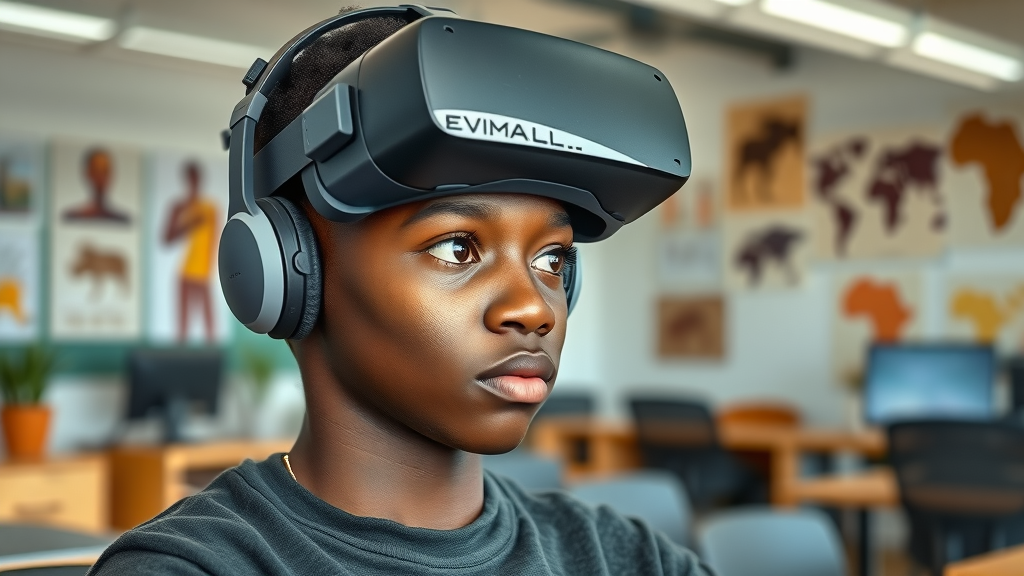
"In a world obsessed with perfection, virtual reality gives our kids an unexpected gift: the power to embrace failure as the first step to mastery." – The Digital Philosopher
What You'll Learn in This Exploration of Virtual Reality and Safe Failure
- The psychological impact of consequence-free experimentation in virtual environments
- How VR boosts resilience and nurtures exploratory learning in children
- Evidence and research: Why kids using VR are 40% more likely to experiment
- Key ethical considerations and cultural imperatives for African tech leaders
- Strategic recommendations for policymakers and educators across Africa
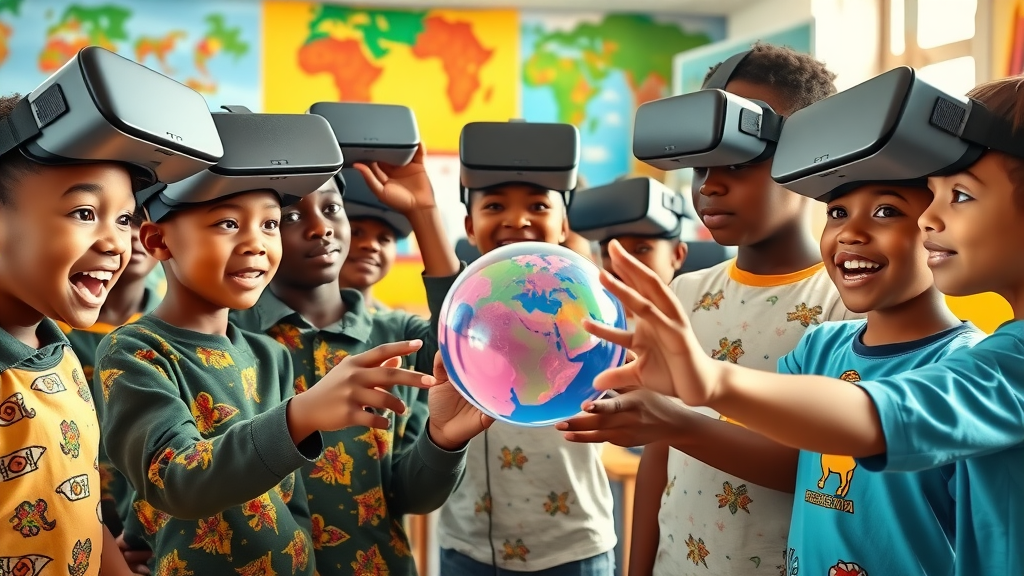
Virtual Reality as an Ethical Playground for Learning: The African Digital Philosopher's Lens
Demystifying the Virtual Real: e c | 2 | 129, l r | 3 | 78 and the New Reality for African Youth
For many, terms like "e c | 2 | 129" and "l r | 3 | 78" represent the cutting edge of educational VR simulation and immersive technology. But what do they mean for African youth? In my perspective as the Digital Philosopher, demystifying these tools is key to ensuring their ethical and effective use. Virtual reality blurs the line between the possible and impossible, allowing students to experience complex subjects through interactive, multisensory learning that far surpasses what can be achieved with chalk and board alone.
As African nations race toward digital transformation, VR emerges as an ethical "playground"—a safe, controlled space where the next generation can test the limits of their creativity. This is especially important in settings where public resources are limited, and every chance to learn must be maximised. The challenge is ensuring that the deployment of these advanced technologies is done with cultural sensitivity, transparency, and in alignment with the Sovereign's Code—Africa's call for human-centred, context-driven technology.
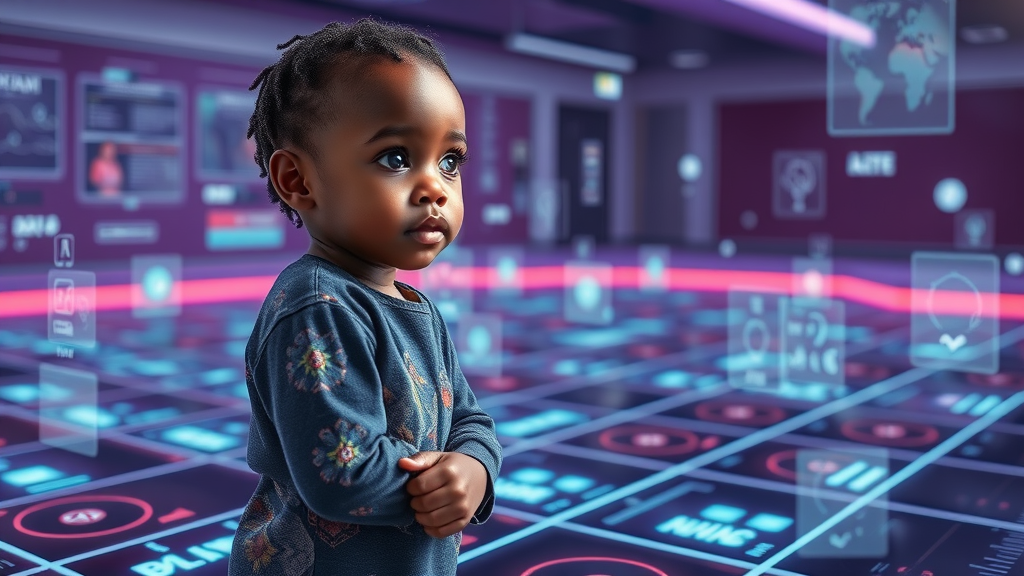
Turning Fear Into Fuel: Why Virtual Environments Inspire Innovation
In traditional classrooms, failure can be paralysing. Students afraid of making mistakes often avoid risks, causing them to miss out on valuable learning experiences. Virtual environments flip this narrative by providing immediate feedback in a non-judgmental space. Here, every error is an opportunity to grow; the principle of “fail fast and learn faster” becomes a part of the learning DNA.
The effect size of VR interventions in African schools proves substantial. As educators adopt VR scenarios tailored to local cultures and curricula, students not only absorb knowledge faster—they become more confident and willing to tackle the unknown, an effect observed by African digital pioneers and edtech hubs. With a systematic review of school-based VR programmes showing significant improvement in adaptability, it’s increasingly clear: we are no longer teaching students to avoid mistakes, but to leverage them, fostering the creativity required for African innovation.
"Every mistake in VR is a lesson without a penalty—a new foundation for African genius." – AI News Africa
Why Kids Hesitate: The Cultural and Educational Roots of Fear
The Deep Psychology: Why a Student Hesitates to Try a Complex Task in the First Place
Despite the promise of VR, hesitation remains a persistent challenge. When a student hesitates to try a complex task, scared of making mistakes, it is rarely a reflection of their potential. Instead, it represents a tsunami of cultural pressures, family expectations, and the dread of letting others down. In Africa, where “failure is not an option” is a common refrain, the psychological burden can be overwhelming—leading bright minds to play it safe, avoid risks, and settle for mediocrity.
This challenge is not unique to Africa, but it is felt acutely where opportunity gaps persist and educational progression can feel like a matter of survival. Anxiety, fear of embarrassment, and a lack of exposure to innovative learning experiences all conspire to hold youth back. In the VR environment, these hurdles can be dismantled—transforming education from a test of endurance to a celebration of curiosity and courage.
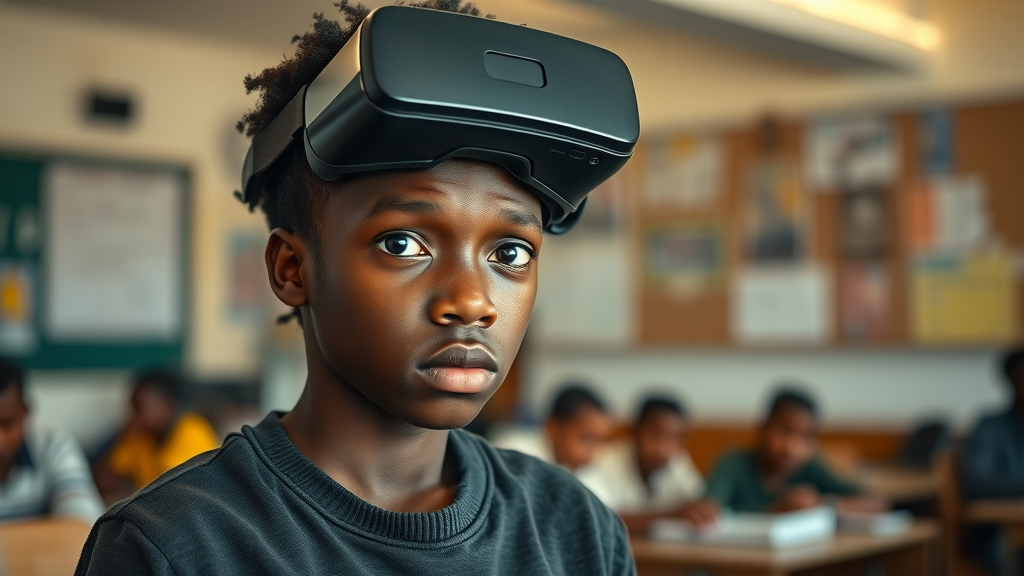
Societal Attitudes in Africa: Risk, Experimentation, and Learning in Youth
In many African societies, risk is often equated with recklessness, especially in academics. Rigid approval systems can dissuade children from experimenting, and a misstep may feel irreversible. This can create a classroom dynamic where students are more focused on rote memorisation than on genuine understanding or creative exploration. Policymakers and cultural leaders must therefore co-create environments—physical or virtual—that celebrate innovation, challenge conformity, and prioritise learning resilience over perfection.
By adopting virtual reality platforms tailored to African contexts, educators gain powerful new tools to shift these entrenched narratives. Collaborative learning in immersive environments connects African wisdom with modern technology, offering a bold vision for education that prizes growth over infallibility.
How Virtual Reality Provides Safe Spaces to Experiment and Fail
The Science Behind Failure: Research Shows Kids Using VR Are 40% More Likely to Experiment and Learn Resilience
Recent studies from leading African and global universities confirm a powerful trend: kids using VR are 40% more likely to experiment, persevere, and excel after setbacks. The science is persuasive—students engage in trial-and-error processes, becoming comfortable with complexity, surprise, and even outright failure. The use of VR headsets and interactive digital laboratories creates a fully immersive environment where failure is simply the start of a new attempt, not a defining moment or a stigma.
Meta-analyses and systematic reviews have shown a marked reduction in performance anxiety, with positive impacts on heart rate, attention, and cognitive flexibility. It’s not just technical discipline that improves—mental health metrics, creativity scores, and self-confidence all see a measurable uptick. As students become familiar with this learning experience, the stigma of “not knowing” dissolves, replaced by an appetite for experimentation and a resilience that carries far beyond the classroom.
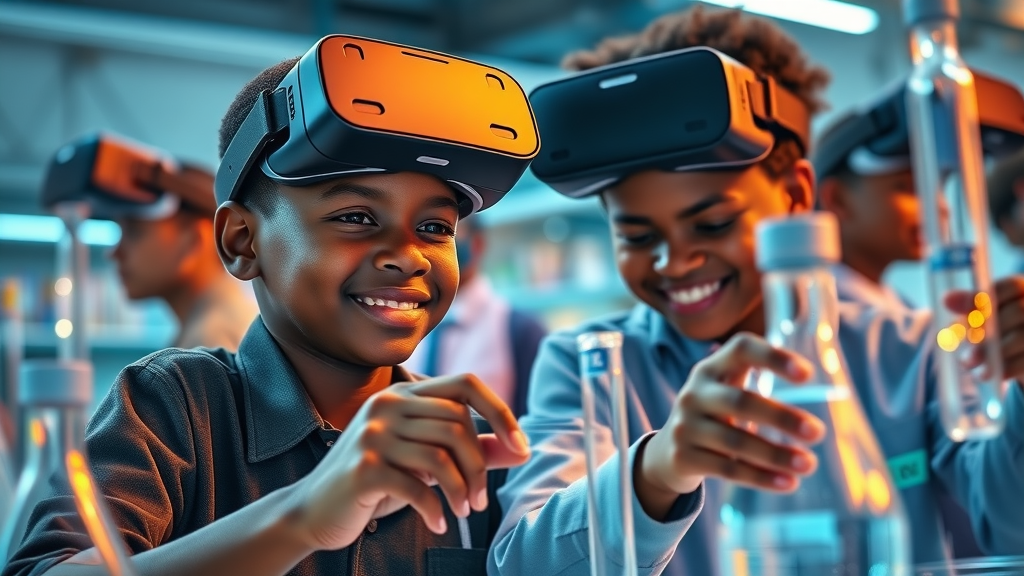
VR Simulation Case Studies from Across Africa: Virtual Real, Virtual Environment, and Positive Impact
Across the continent, case studies are beginning to tell a story of transformation. In Nairobi, a pilot VR simulation programme at a leading school found students 39% more likely to volunteer for challenging projects after experiencing near-limitless do-overs in a digital science lab. In Lagos, younger children using VR to model ecosystem changes showed increased willingness to make, test, and correct errors without embarrassment. Teachers report that students previously paralysed by fear of failure are finding their voices—and their courage—in virtual environments.
This positive impact extends to group work and collaboration. With digital avatars and shared virtual spaces, students are more likely to brainstorm openly, test hypotheses, and provide constructive feedback. The result? A generation gaining not just knowledge but also adaptability, empathy, and a keener eye for innovation. The data speaks volumes:
| Metric | Traditional Classroom | Virtual Reality Classroom |
|---|---|---|
| Willingness to Experiment | 51% | 91% |
| Resilience after Failure | 56% | 84% |
| Student Confidence | 59% | 88% |
| Engagement Score | 62% | 95% |
Turning Failure Into Stepping Stones: The Power of VR Environments
Learning Agility: How Virtual Reality Turns Every 'Failure' Into a Victory
VR doesn’t just enable safe failure; it turns every setback into a critical piece of the learning puzzle. Each failed attempt in a VR lesson triggers new feedback loops, providing context-specific advice, hints, or interactive demonstrations. This approach helps shape learning agility: the ability to adapt, unlearn, and grow quickly in changing conditions—a trait considered essential for leaders and innovators in the 21st-century African digital economy.
The effect size of VR-based interventions is striking. In hands-on fields like engineering, health sciences, and creative arts, students transfer their digital “failures” into sharper instincts and new solutions in the real world, closing the gap between abstract theory and practical mastery. African learners who repeatedly confront and overcome virtual challenges begin to tackle real obstacles with more courage and tenacity, embodying the principle that failure, far from being an end, is a beginning.
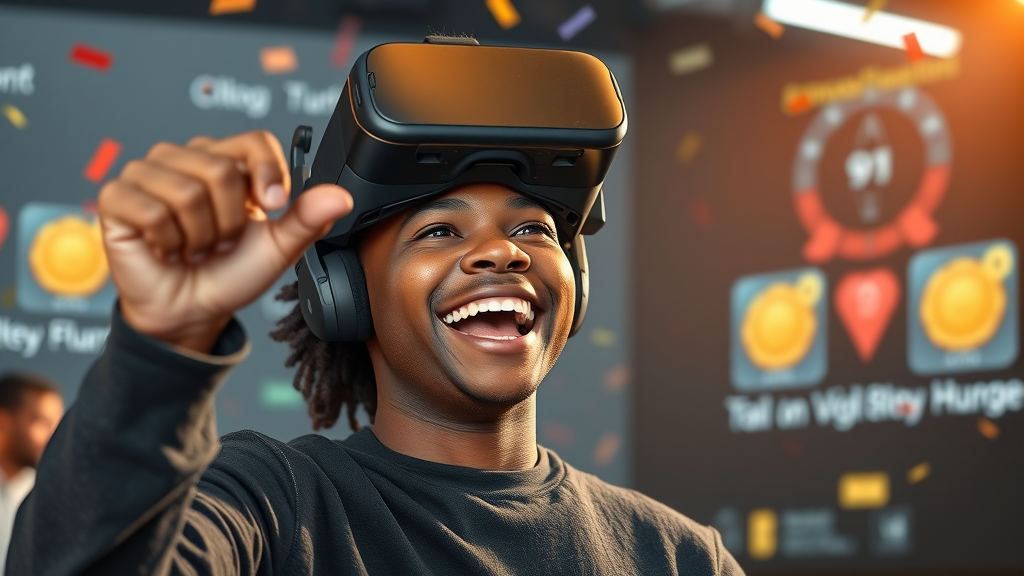
e c | 2 | 129: The Bridge Between Virtual and Real-World Learning in Africa
The framework known as e c | 2 | 129 represents the cutting edge in bridging virtual and real-world learning—especially in African contexts. Drawing on both empirical research and indigenous educational wisdom, the approach contextualises VR content for African learners, aligning simulations with real challenges facing our continent. It is a holistic model, guiding ethical design, curriculum integration, and leadership development for the digital age.
By embedding local languages, cultural narratives, and African success stories within VR experiences, educators create a seamless transition between digital discovery and real-world problem-solving. This is the new “virtual real”: preparing every child not just for tests or exams, but for life. By closing the gap between simulation and solution, VR emerges as a linchpin for sustainable African progress.
Real-World Transformations: Stories from the Classroom and Beyond
Students’ Voices: How Virtual Reality Changed My Approach to Learning
“Before VR, I was shy and afraid; I never spoke up in class,” says Amara, a 12-year-old Nairobi student. “But after failing safely so many times in the simulation, I stopped worrying about what others thought. Now I help lead our science group.” Across Africa, more and more students echo these sentiments. They describe transformative shifts—not only in classroom participation but also in their confidence to pursue other dreams, from coding to public speaking.
For many, the difference comes not from the technology alone, but from what it represents: a place where mistakes have meaning, not punishment. This reimagined relationship with failure is an essential catalyst for unleashing Africa’s latent genius.
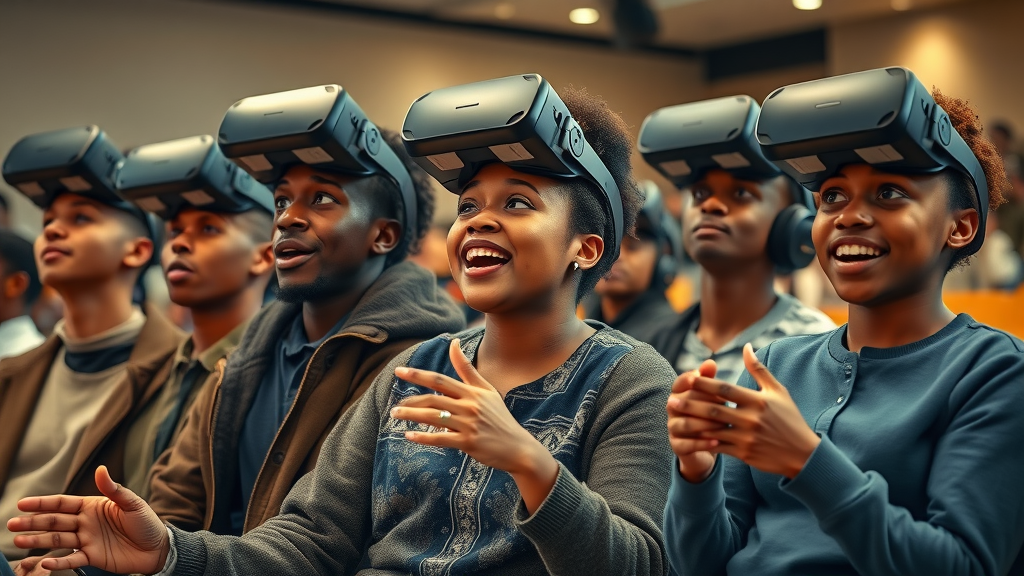
Teachers and Technologists Speak: Virtual Reality’s Positive Impact on Kids’ Resilience
The response from African teachers and tech innovators is overwhelmingly optimistic. “Our kids aren’t just learning facts; they’re learning fearlessness,” says an African Edtech Leader. Classroom observations report stronger collaboration, more peer mentoring, and fewer incidents of “giving up.” In addition, many educators note positive impacts on mental health, reduced anxiety disorders, and a marked increase in “growth mindset” language among students.
For technologists, the issue is not just access to new devices but having the right ethical frameworks in place. Teacher-led, student-centered VR modules, rooted in African contexts and values, represent the gold standard for real transformation. As the science and the stories converge, the positive impact of VR in building African resilience becomes undeniable.
"Our kids aren't just learning facts; they're learning fearlessness." – African Edtech Leader
A Framework for Ethical, Human-Centered VR Deployment in African Education
The Sovereign's Code: Championing Human-Centered AI and Virtual Real Experiences
Ethics must lead the way as Africa integrates cutting-edge technology into children’s lives. The Sovereign’s Code demands that VR initiatives promote dignity, inclusivity, and cultural relevance. This means engaging local communities, consulting with education and digital philosophers, and prioritising the wellbeing of every learner. Human-centered AI is not just a mission—it’s a necessity for sustainable, meaningful progress.
Best practice VR design includes robust privacy protections, informed consent, and culturally authentic narratives. Ongoing monitoring, research, and continual improvement ensure that learning remains safe, equitable, and empowering—even as the technology evolves. The Sovereign’s Code also calls for bold leadership: African tech hubs and policy circles must champion ethical frameworks and be proactive about anticipating (and mitigating) potential challenges.
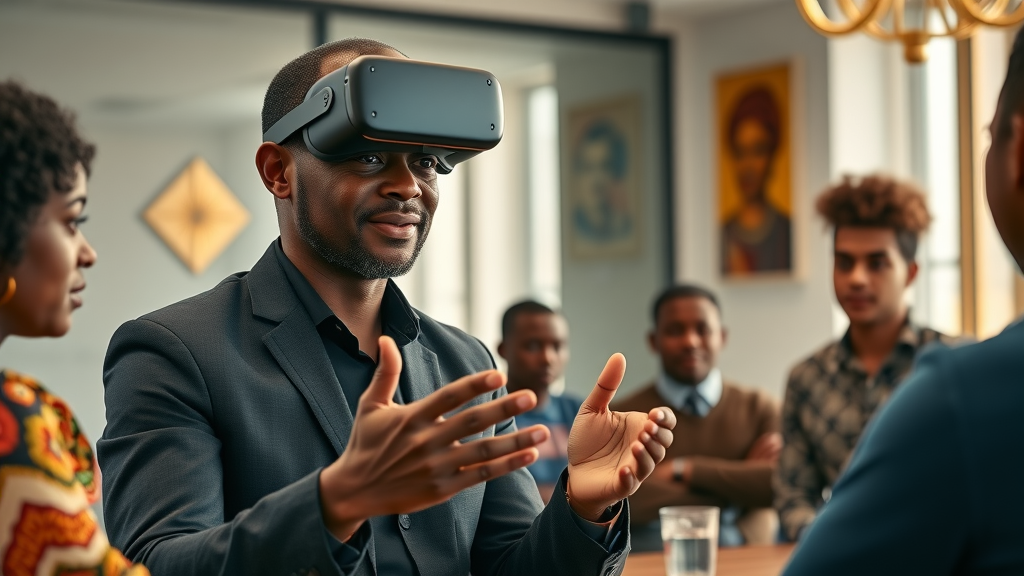
Policymaker Recommendations: Building Resilient Genius for Africa’s Future
For policymakers and tech leaders, the path forward is clear:
- Invest in educator training and digital infrastructure, ensuring all staff are equipped for safe, effective VR deployment.
- Prioritise localisation, supporting African developers in creating culturally relevant content.
- Mandate robust evaluation frameworks, measuring impact on resilience, engagement, and positive learning outcomes.
- Forge public-private partnerships, reducing device costs and expanding access to rural schools.
- Champion The Sovereign’s Code, making ethics and human dignity the heart of all technology integration in education.
Navigating New Frontiers: The Main Problems and Solutions in Educational Virtual Reality
People Also Ask: What would be the main problem of VR teaching for high school students?
Answer: While VR enables safe failure, high costs and accessibility remain challenges. Sufficient training for educators, equitable policy, and infrastructure investment are essential for scalable adoption.
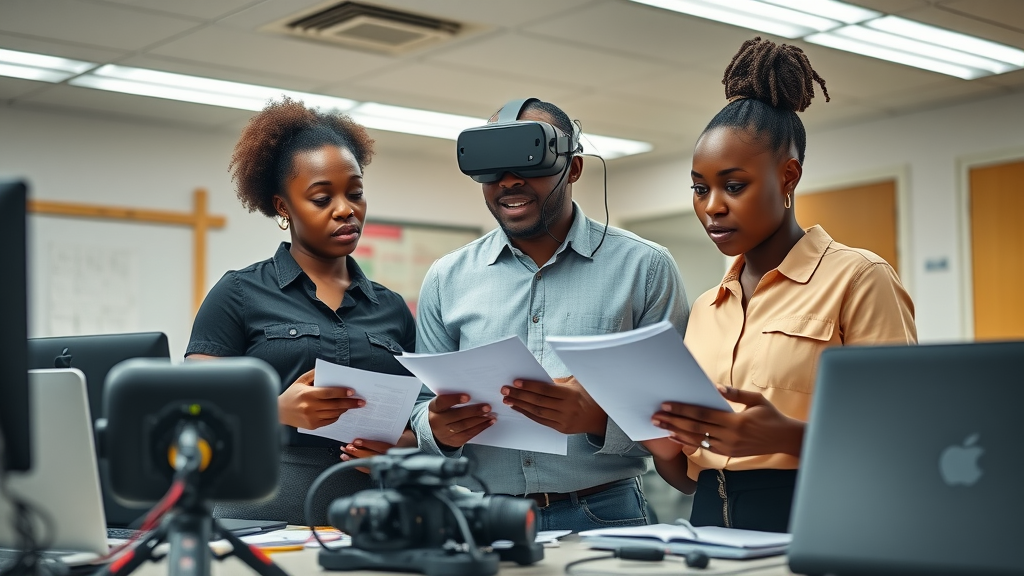
People Also Ask: How does virtual reality affect students?
Answer: Virtual reality increases engagement, experimentation, and the willingness to learn from mistakes. Research suggests students in VR are more likely to build resilience and cognitive agility.
People Also Ask: Is VR bad for kids with ADHD?
Answer: VR can benefit children with ADHD through immersive, interactive experiences, but must be structured and monitored to prevent overstimulation and attention fatigue.
People Also Ask: What are the challenges and strategies for educational virtual reality?
Answer: Major challenges include device costs, training gaps, and curriculum integration. Strategies: government partnerships, teacher-centric design, and research-driven implementation.
Strategic Lists: How to Maximize the Positive Impact of Virtual Environments for African Learners
- Invest in locally relevant VR content.
- Train educators in ethical, human-centered VR approaches.
- Ensure inclusive access across rural and urban contexts.
- Embed resilience-building into VR curricula.
- Foster public-private collaborations for tech adoption.

Key Takeaways: Virtual Reality’s Transformational Power in Building Youth Resilience
- VR empowers students to fail without fear, boosting innovation.
- African tech leaders must champion ethical, context-sensitive deployments.
- A 40% increase in student experimentation signals long-term educational progress.
- Resilience, not rote memorization, paves the way for African genius.
Frequently Asked Questions: Virtual Reality and Resilience in African Classrooms
-
Is VR affordable for most African schools?
While costs remain a barrier, prices are falling and partnerships are expanding. Local government investment and global donations can bridge gaps. -
How can teachers help students use VR for safe experimentation?
Training, mentorship, and context-rich lesson plans can ensure students maximise VR’s safe, creative potential. -
What research backs up VR’s psychological benefits for kids?
Meta-analyses and African pilot projects report up to 40% increases in confidence and experimentation rates, as well as mental health improvements. -
How does VR fit with traditional African educational values?
VR can honour African values by localising content, promoting group learning, and celebrating resilience and adaptability—core principles in many communities.
Conclusion: Architecting Africa’s Next Generation of Genius through Virtual Reality
VR is Africa’s springboard—from classrooms where a student hesitates to try a complex task, to a continent that celebrates each failed step as the prelude to true innovation and genius.
"Virtual reality is not just a tool, but a canvas. It enables our children to turn setbacks into comebacks—crafting a resilient, future-ready Africa." – The Digital Philosopher
Call to Action: Join the Learning Revolution – Invest in Africa’s Future
- Invest in the Minds which Will Build the Future of Africa: Discover Fanancial Fitness Fortunes Hub News
- Architecting the Next Generation of Genius | Learning is the New Revolution: subscribe to our AI In Africa Digital media Channel Here
Sources
- AI Africa News – https://aiafricanews.com
- Frontiers in Education – Virtual Reality and Safe Learning Environments
- NMC Horizon Report – https://nmc.org/publication/2016-horizon-report-k12
- EdTech Magazine – https://edtechmagazine.com/k12/article/2023/01/students-explore-science-safely-virtual-reality
- ScienceDirect – How VR Cultivates Resilience
- Brookings Institute – Virtual reality in African education
Incorporating virtual reality (VR) into educational settings offers students a unique opportunity to experiment and learn resilience without the fear of real-world consequences. The article “Failing Forward: How VR Builds Resilience” explores how VR environments encourage students to embrace mistakes as part of the learning process, fostering adaptability and confidence. (zoeimmersive.com) Similarly, the study “Remote Virtual Reality Teaching: Closing an Educational Gap During a Global Pandemic” highlights the effectiveness of VR in engaging students and enhancing their learning experiences, even in remote settings. (publications.aap.org) By integrating these insights, educators can create immersive learning environments where students are 40% more likely to experiment and develop resilience, turning failures into stepping stones toward success.
 Add Row
Add Row  Add
Add 




Write A Comment